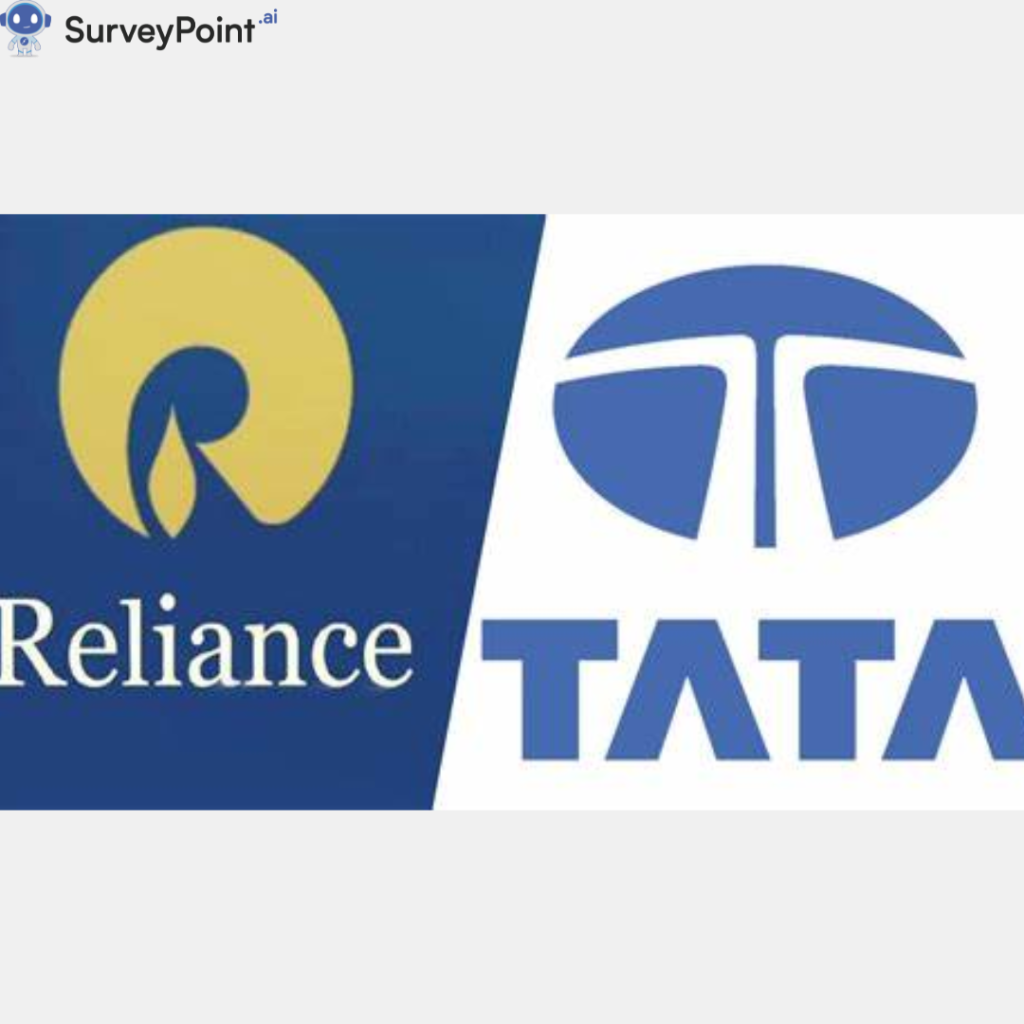
Legal and Strategic management is a critical component of any business, encompassing the formulation and implementation of major goals and initiatives by an organization’s top management. Conducting thorough internal and external analyses is fundamental to this process, enabling organizations to understand their current position and potential future directions. Two widely used frameworks for these analyses are SWOT (Strengths, Weaknesses, Opportunities, and Threats) and PESTLE (Political, Economic, Social, Technological, Legal, and Environmental).
This blog will explore these frameworks, their importance, and how they can be effectively employed in strategic management.
Internal Analysis for Strategic Management
What is internal analysis?
Internal analysis involves examining an organization’s internal environment to identify its strengths and weaknesses. This analysis focuses on aspects such as resources, capabilities, core competencies, organizational culture, and overall performance. By understanding these internal factors, a company can leverage its strengths to capitalize on opportunities and address its weaknesses to mitigate potential threats.
Why is internal analysis important?
- Identifying Strengths and Weaknesses: Internal analysis helps organizations recognize their key strengths and areas where they excel, which can be leveraged for competitive advantage. Conversely, it also highlights weaknesses that need improvement to avoid potential pitfalls.
- Resource Allocation: Understanding the internal environment allows companies to allocate resources more efficiently, ensuring that strengths are maximized and weaknesses are addressed.
- Strategic Planning: Internal analysis provides critical insights that inform strategic planning, helping organizations set realistic goals and develop effective strategies to achieve them.
- Performance Improvement: By regularly conducting internal analysis, organizations can monitor their performance, identify areas for improvement, and implement changes to enhance overall effectiveness.
Why use SWOT as a tool?
SWOT analysis is a widely used tool for internal analysis due to its simplicity and effectiveness. It provides a structured approach to evaluating an organization’s internal and external factors, facilitating a comprehensive understanding of its strategic position.
- Simplicity and Clarity: SWOT analysis is easy to understand and apply, making it accessible to organizations of all sizes and industries.
- Comprehensive Evaluation: By considering both internal (strengths and weaknesses) and external (opportunities and threats) factors, SWOT provides a holistic view of the organization’s strategic position.
- Strategic Alignment: SWOT analysis helps align an organization’s strengths with opportunities while addressing weaknesses and mitigating threats, ensuring a balanced and effective strategic approach.
- Actionable Insights: The insights gained from a SWOT analysis can be translated into actionable strategies, enabling organizations to take concrete steps towards achieving their goals.
Getting Started with SWOT
- Identify Strengths: List the key strengths of the organization, such as unique resources, strong brand reputation, skilled workforce, and technological advantages.
- Identify Weaknesses: Identify areas where the organization may be lacking, such as outdated technology, limited resources, or skill gaps.
- Identify Opportunities: Examine the external environment to identify potential opportunities for growth and expansion, such as emerging markets, technological advancements, or changing customer preferences.
- Identify Threats: Identify potential threats that could impact the organization, such as economic downturns, increased competition, or regulatory changes.
- Analyze and Strategize: Analyze the identified factors and develop strategies to leverage strengths, address weaknesses, capitalize on opportunities, and mitigate threats.
External Analysis for Strategic Management
While internal analysis focuses on the internal environment, external analysis examines the external factors that can impact an organization. PESTLE analysis is a popular framework used for external analysis, providing a comprehensive understanding of the macro-environmental factors that influence strategic decisions.
What is PESTLE analysis?
PESTLE analysis involves examining the following six external factors:
- Political: assessing the impact of government policies, regulations, and political stability on the organization.
- Economic: evaluating economic conditions, such as inflation rates, interest rates, and economic growth, that can affect the organization’s performance.
- Social: analyzing social trends, demographics, and cultural factors that can influence customer behavior and market demand.
- Technological: identifying technological advancements and innovations that can create opportunities or pose threats to the organization.
- Legal: Understanding the legal environment, including laws and regulations that can impact the organization’s operations.
- Environmental: Considering environmental factors, such as climate change, sustainability, and environmental regulations, that can affect the organization.
Why is external analysis important?
- Identifying Opportunities and Threats: External analysis helps organizations identify opportunities for growth and expansion, as well as potential threats that could impact their operations.
- Informed Decision-Making: By understanding the external environment, organizations can make informed strategic decisions that consider the broader context in which they operate.
- Competitive Advantage: External analysis allows organizations to stay ahead of industry trends and changes, helping them maintain a competitive edge.
- Risk Management: By identifying potential external threats, organizations can develop strategies to mitigate risks and ensure long-term sustainability.
Conclusion
Both internal and external analyses are essential components of strategic management, providing organizations with a comprehensive understanding of their strengths, weaknesses, opportunities, and threats. SWOT and PESTLE analyses offer valuable frameworks for conducting these analyses, enabling organizations to make informed decisions, develop effective strategies, and achieve their long-term goals.
By regularly conducting internal and external analyses, organizations can stay agile and responsive to changes in their internal and external environments, ensuring continued success and growth in an ever-evolving business landscape.




